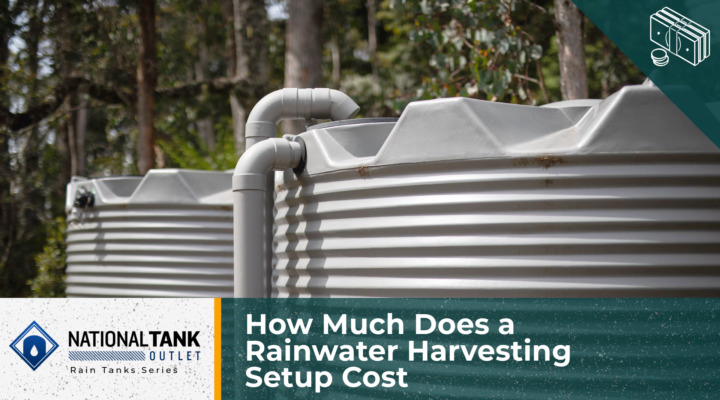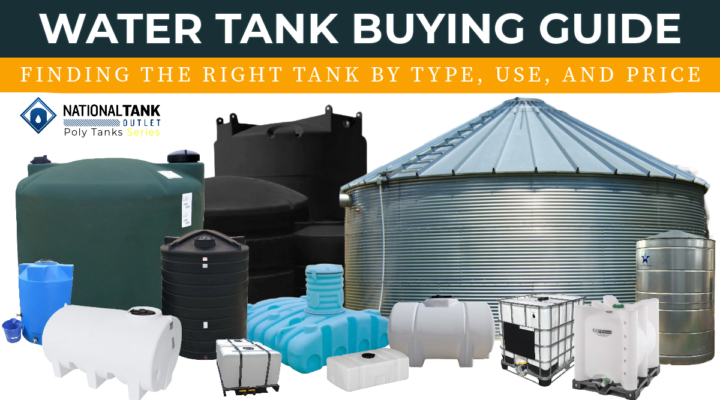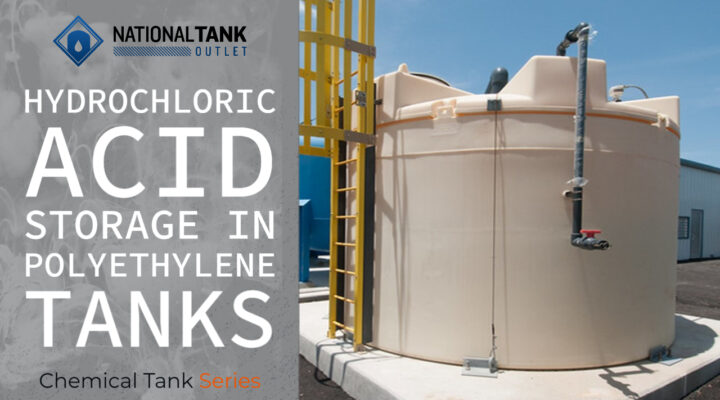The growing need for sustainable living has made rainwater harvesting more important than ever. With water resources under strain and cost of living always on the rise, many homeowners, landscapers, and even farmers, businesses, schools, and universities are turning to rainwater harvesting as a smart and eco-friendly solution. By capturing and reusing rainwater, the reliance… [Read More]
Popular
Rainwater Harvesting FAQs
1. What is rainwater harvesting? The practice of rainwater harvesting involves the collecting, storing, and often cleaning of rainwater to use it as an alternative water source as needed. Rainwater is commonly collected from roofs, stored in rain barrels or storage tanks, and can be used for any water-requiring activity as long as it has… [Read More]
Rainwater Harvesting for Commercial Businesses and Beyond: A Green Initiative for A Sustainable Future
In today’s society and advancement, many commercial business owners actively seek innovative solutions to improve their company, including the efficiency, sustainability, and overall value of their building or buildings. One such solution is rainwater harvesting. Rainwater harvesting contributes to water conservation, stormwater management, and serves as an important part of green infrastructure techniques that can… [Read More]
Poly Tanks Series | Water Tank Buying Guide
When shopping for the right water tank, knowing what options are available can make the process easier and faster and also provide more certainty that you are selecting the best water tank for the job. When planning, know the full details of the application the water tank will be used for and how it relates… [Read More]
DEF Tanks | Diesel Exhaust Fluid 101
What is Diesel Exhaust Fluid Diesel Exhaust Fluid, also known as DEF, AUS 32 and AUS 40, is a chemical solution commodity standardized for use in diesel fuel combustion vehicles, machinery, and equipment. Diesel exhaust fluid is defined as a nitrogen oxide (NOx) reducing agent where NOx refers to nitric oxide, (NO), and nitrogen dioxide… [Read More]
Poly Tanks | Water Tank FAQs
1. What is a plastic water tank? A plastic water tank is a container made to store and deliver water for various uses and work settings that has been manufactured from the synthetic material known as plastic. The types of plastics used to make water tanks are polyethylene and polypropylene, with polyethylene being more popular. … [Read More]
Chemical Tanks | Proper Hydrochloric Acid Storage in Polyethylene Tanks
Guide to Safely and Effectively Storing Muriatic Acid Hydrochloric acid, HCl, also known as Muriatic Acid and Aqueous Hydrogen Chloride, is a colorless, corrosive liquid that produces vapors with increasing concentrations. Federal guidelines outline the safe handling and storage requirements of hydrochloric acid. Concentrated HCl is a hazardous material capable of causing harm, and generated… [Read More]






